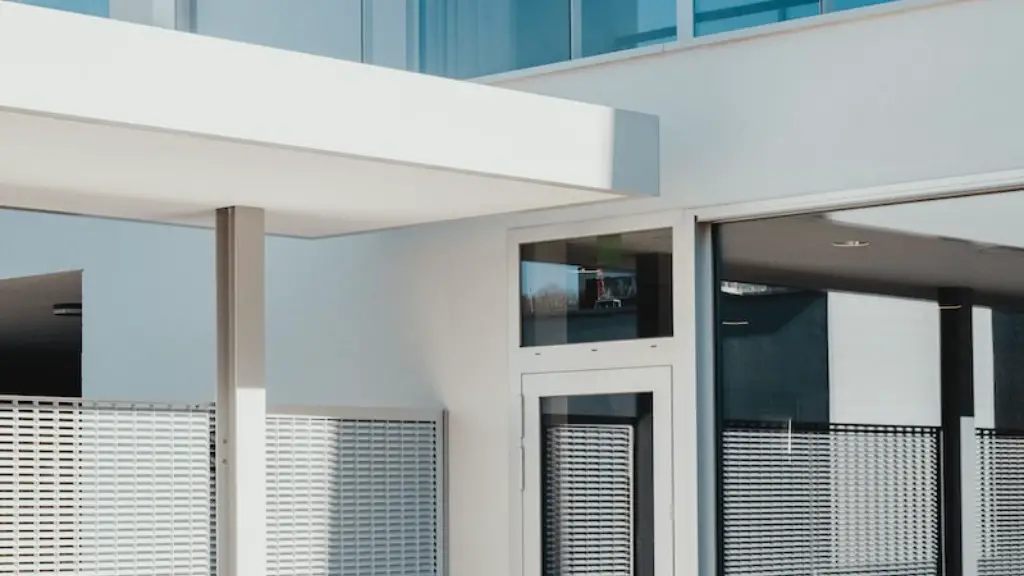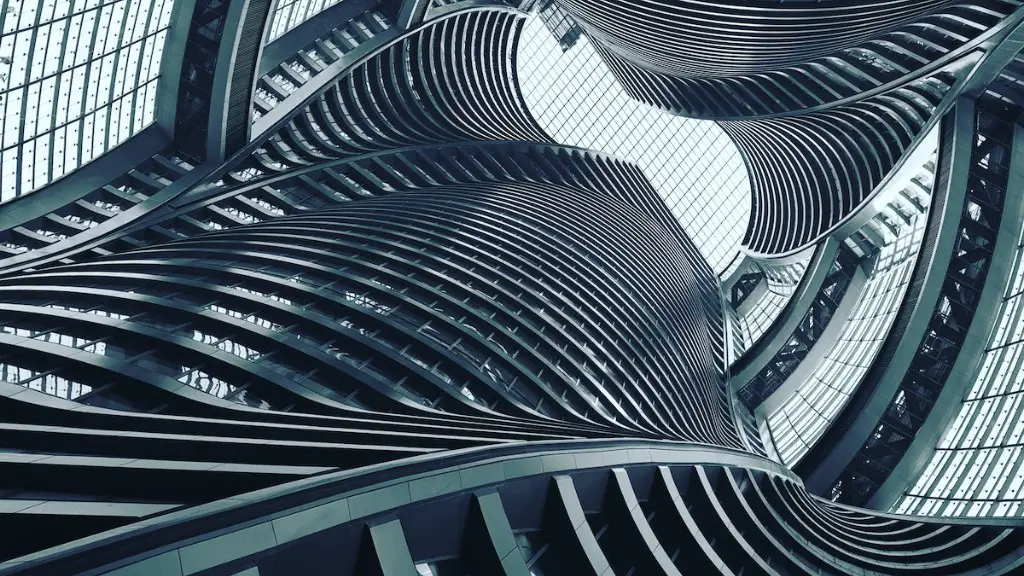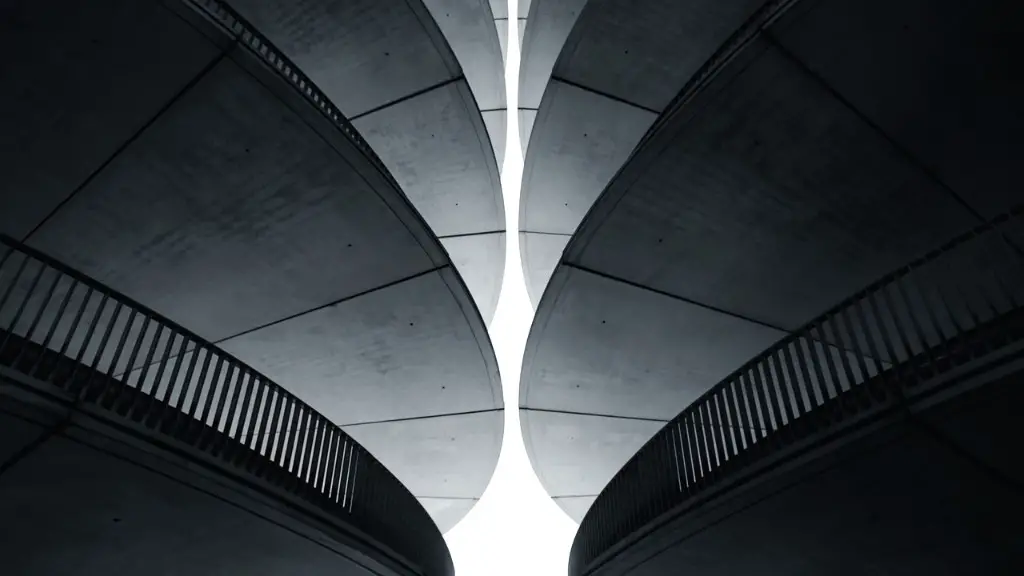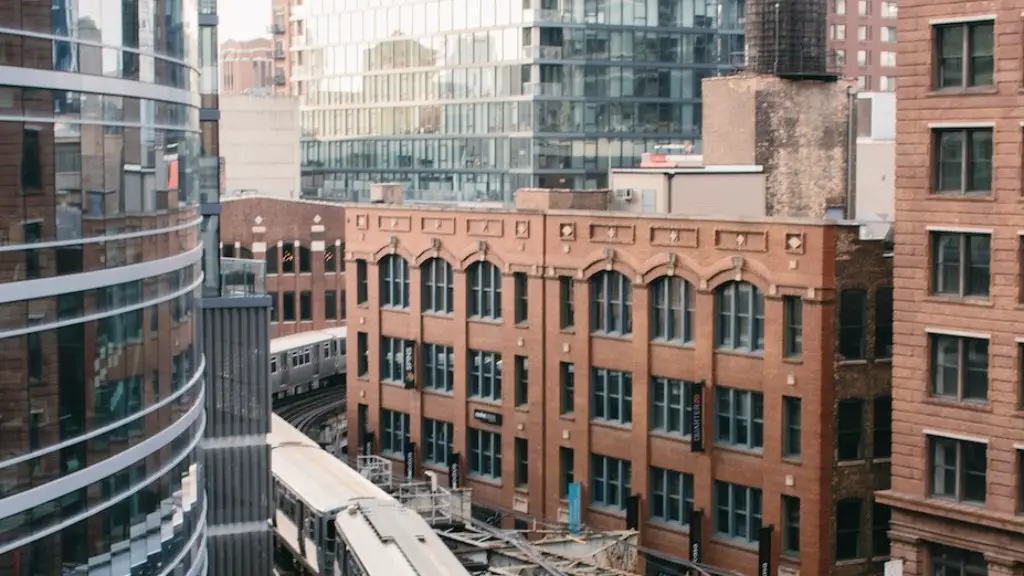Good architecture is largely determined by the purpose of its design. Planning, engineering and technical aspects, such as construction techniques, materials used, budget and laws must be taken into consideration. Additionally, many design elements also have an impact on the form and structure of the architecture. Design considerations refer to the ways architects attempt to ensure their designs are successful.
Architecture, unlike other design projects, puts a great emphasis on providing both visual and functional components. Achieving a balance between these elements, which often have conflicting goals, can be very difficult. Architects therefore strive to design buildings that are aesthetically pleasing in combination with being technically efficient.
Architects start their design process by carefully studying the program documents and client’s requirements. They take into account the size of the plot, sunshine, wind, and other physical features such as topography, existing vegetation, and any other elements that could influence the design. They also consider the building’s requirements, such as its purpose, size, use, zoning restrictions, design style, timeline and the client’s budget. Architects use this information to devise a concept of the idea they want to achieve and then go on to develop their design.
Architects also have to factor in the materials available as well as the cost involved in building the project. When selecting a material, consideration should be given to its functional and aesthetic qualities. For example, exposed concrete or brick may look great, but require frequent maintenance and can often be an expensive choice. Alternatively, a material such as timber may be easier to maintain and less costly.
Experience and research are also essential design considerations. By understanding the building materials, local regulations, construction methods and the cost of labour, architects can create more efficient structures and use smarter design strategies that help keep costs down. Architects use their knowledge to balance the practical and aesthetic needs of a building and come up with creative solutions that help to realise their design.
The local environment is another major factor in design considerations. The architecture should reflect its natural environment to the greatest degree possible and integrate with its surroundings wherever possible. The architecture should also reflect its cultural context, as this significantly impacts the design.
Safety and Security
Safety and security must play a key part in any design consideration. To ensure that buildings comply with legal requirements, architects must incorporate specific features into the architecture. Examples include fire doors and fire escapes, access to emergency exits, anti-vandalism measures and reinforced walls. Architects must also consider any potential hazards posed by noise, dust, sewage and other sources of contamination.
Additionally, architects must think about how to make buildings safe for surrounding communities and control potential security risks such as theft. If possible, they should incorporate anti-theft features such as motion-sensing lights, alarms, access control devices and security cameras.
Energy efficiency is another essential design consideration. Architects must evaluate building materials, thermal performance and air-tightness to ensure buildings are as energy-efficient as possible. Special attention should be given to insulation and the orientation of windows and doors, as these have a significant impact on energy efficiency.
Sustainability
With increasing environmental awareness, designers must take into account the environmental impact of buildings. Architects must research materials for their environmental impact and use sustainable building practices where possible. This includes utilising renewable energy sources, reducing pollution, using energy-efficient technology, and utilising natural materials.
Other sustainability issues that must be taken into account include optimising waste management, water efficiency and conserving natural resources. It is also imperative that buildings are appropriate to their location and climate. Examples include having insulated walls to withstand extreme temperatures, ensuring cross ventilation to minimise the need for air-conditioning, and avoidance of materials that damage local habitats.
Urbanism
In urban design, architects must consider how a building will affect the flow of pedestrians and vehicles. Urban designers must consider how the form, mass and profile of the building can impact traffic flow and the street environment. They must carefully select materials and design features that will positively contribute to the urban fabric. They must also consider how the building can work in harmony with other buildings and the urban streetscape.
The building should also be designed to accommodate the needs of pedestrians and people with disabilities, as well as the needs of public transport and cyclists. All of these considerations must be taken into account when designing urban spaces.
Modern Technology
Modern technology has revolutionised the way in which architects design buildings. It has enabled architects to accurately analyse their designs and use powerful building simulation software to predict the performance of their buildings. CAD and Smart drawing software available now enables architects to produce accurate 3D models quickly and easily, which can then be used as a platform for further design analysis.
BIM (Building Information Modelling) is another technological advancement, which enables architects to collect data from a variety of sources and create detailed digital models of their designs. This data can then be used to better understand the process of design and construction and identify potential risks or opportunities.
Additionally, the use of digital technology has enabled greater collaboration between all parties involved in the building process, leading to improved communication and decision-making.
Costs and Time Frames
Cost and time considerations must not be overlooked in the design process. Architects must accurately anticipate the timeframe of the construction process and the total costs of the project. Detailed schedules and budgets must be devised, with careful consideration given to what effects delays or increases in cost may have on the overall project.
Careful planning of the construction process is essential to ensure timelines and budgets are met. This requires accurate estimation of resources, sequencing of activities and management of unforeseen risks. Architects also need to factor in labour costs for specialised trades, as well as any additional costs associated with building permit applications, safety regulations and building inspections.
Public Perception
The design of a building should always evoke a positive emotional reaction from the public. Architects should create a design that is functional, aesthetic and respectful to its context and that captures the public’s imagination. The building should also be memorable, so that it stands out from its surroundings.
Architects must consider the public’s opinion of the project and create a design that is embraced by its community. This requires clever communication and promotion of the project to encourage public discussion. This can include surveys, public meetings and open forums to gather feedback, improving the design and helping to create a successful project.
Conclusion
Architects must carefully consider a range of factors throughout the design process in order to achieve the desired result. Design considerations are essential to ensure the building is functionally sound, aesthetically pleasing and culturally appropriate. Designers should also consider the cost and time of the project, environmental impacts and public perception. Only after carefully weighing all of these factors will the architects create a successful project.





